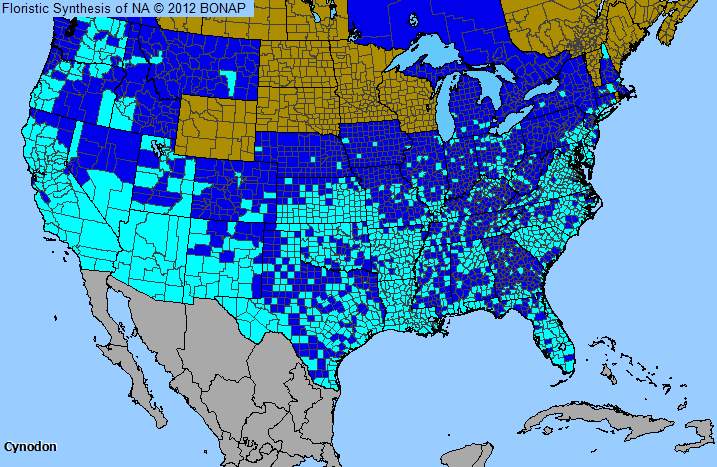
Plant Allergy Overview
Allergenicity
Severe
Pollen Season
Spring to Fall
Type
Grass
Sub-Type
Perennial
Allergy Information
This is one of the more significant grass types in terms of allergy.
Genus Details
Bermuda grass is found in the warmer regions of the U.S. where it is typically used for lawn grass. It has fibrous roots and horizontal, underground stem-like structures which allows it to grows upright. Leaves are in two rows on the stem, which has a sheath and a blade. Bermuda grass flowers when it is only 1/2 inch high so it is a major grass contributor to pollinosis in the southern states. Bermuda grass sheds an abundant amount of pollen which becomes wind-borne. It is recommended to mow Bermuda grass later in the day because the pollen is actively shed earlier in the morning. Since the greek word, Cynodon, means dog and tooth, Dog's tooth grass was adoped for the common name.
Pollen Description
Pollen grains of grass are spheroidal to ovoidal with a thin exine. The surface of Cynodon grains is granular and the grains are 1-porate.
Cynodon pollen grains are typically 28-30 microns in diameter.
Genus Distribution

The shaded areas on the map indicates where the genus has been observed in the United States.
 - Native, observed in a county
- Native, observed in a county  - Introduced, observed in a county
- Introduced, observed in a county  - Rarely observed
- Rarely observedSpecies in Bermuda Grass, Dog's-Tooth Grass Genus
Allergens & Plants Search
Enter a full or partial species name to find more information on one of over 1,200 potentially allergenic plants.
For example, you can find chenopods searching on "cheno"


